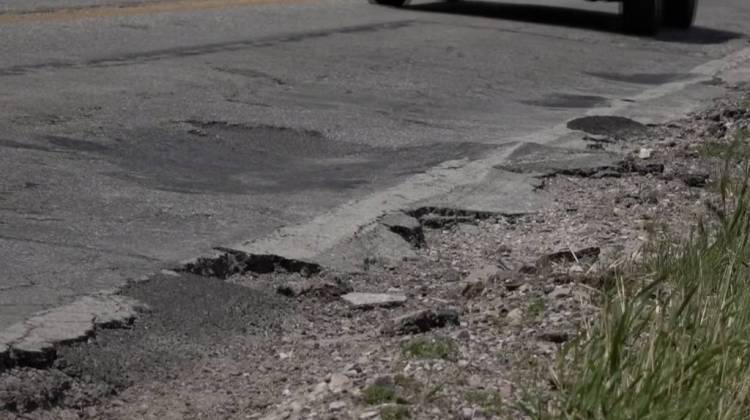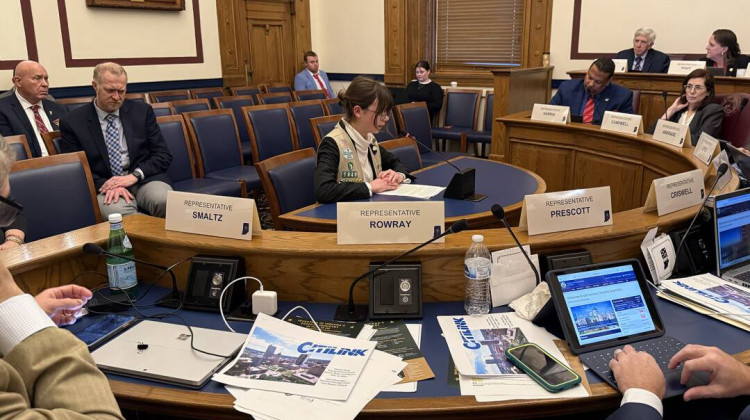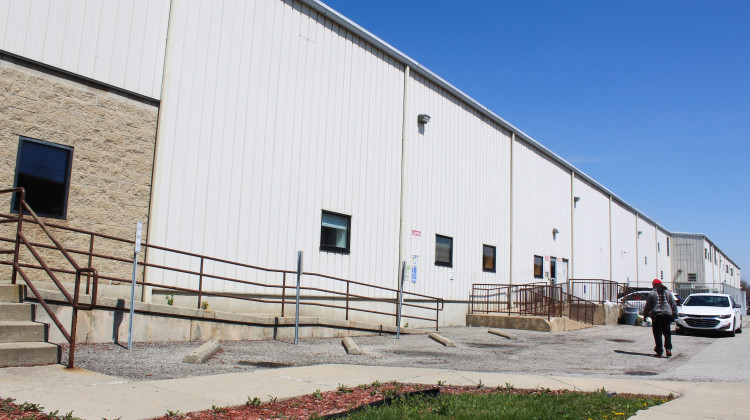WEST LAFAYETTE -- Indiana already ranks among the bottom 10 states for Internet access. In 2014, only 71 percent of Hoosiers had access to broadband internet, according to census data.
About 12 percent had no Internet access at all, and about one percent were still using dial-up.
But the forthcoming study, which was provided in advance to Indiana Public Broadcasting, says rural areas are adding new Internet providers more slowly than urban places. Between 2012 and 2013, the report says rural counties added an average of 0.64 residential broadband providers, compared to almost twice as many, an average of 1.18, in urban counties.
The study also says only 44 percent of rural residents have access to download speeds of 25 megabytes per second, which the FCC began recommending last year. That’s compared to more than 95 percent of urban residents.
“It’s almost like [25 mbps] has really become the new benchmark for defining what high-speed internet service is about,” said Bo Beaulieu, the director of Purdue’s Center for Regional Development and a co-author of the new report.
He noted it can be expensive for providers to set up Internet service in places with less infrastructure and fewer people. But he said the problem isn’t just about access — it’s about usage.
“It’s like that old saying: ‘build it and they will come.’ And that’s not always the case,” Beaulieu said. “At least in the research we’ve done over the years, we found out that in many rural areas, the adoption uptake is much slower.”
His report says urban counties tend to have at least 60 to 80 percent of their households online, compared to 30 to 60 percent in rural places. It means rural Hoosiers are less likely to subscribe to the Internet that’s available to them — whether or not it’s high-speed.
Beaulieu said that’s due to cost, and also a lack of knowledge. He said less educated areas are less likely to be online — and so are rural businesses.
“And when they do adopt it, they tend to adopt it for relatively minor activities,” such as email and other low-speed functions, Beaulieu said. “[They're] not so much thinking about ‘how I can become a global marketer of my products and services.’”
Beaulieu said high-speed internet is essential to that kind of expansion. And he said that expansion is key to attracting new business and talent, and sustaining rural economies and populations.
Plus, he said high-speed internet is increasingly important in health care — both in terms of federal insurance and recordkeeping, and access to remote medicine.
“Telehealth is critical to being able to provide access to top-notch, highly specialized physicians who can provide services to rural patients without having to be physically in the same room,” Beaulieu said.
So he said it’s up to policymakers at all levels of government to do more to promote what broadband can do for rural residents, and connect them with federal grant opportunities and other ways to get online.
Without those connections, he said rural places will fall farther behind as Indiana tries to bring its economy into the future.
Officials at Indiana’s Office of Community and Rural Affairs did not respond to requests for comment by deadline for this story.
 DONATE
DONATE






 Support WFYI. We can't do it without you.
Support WFYI. We can't do it without you.